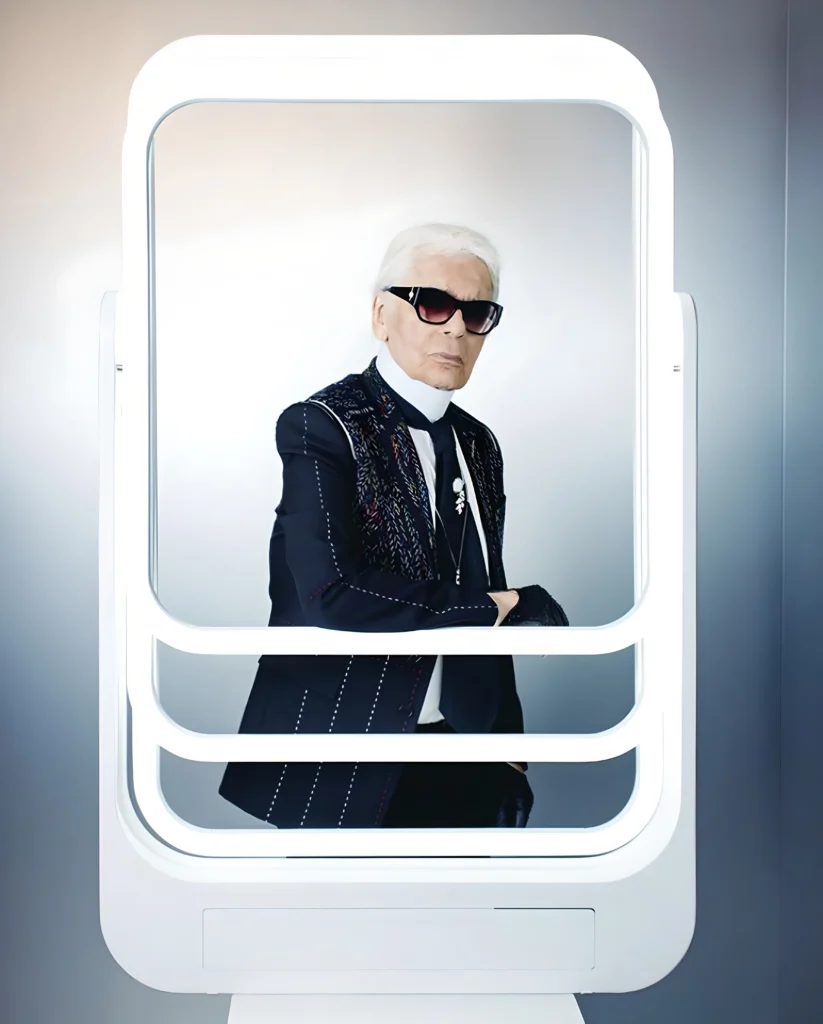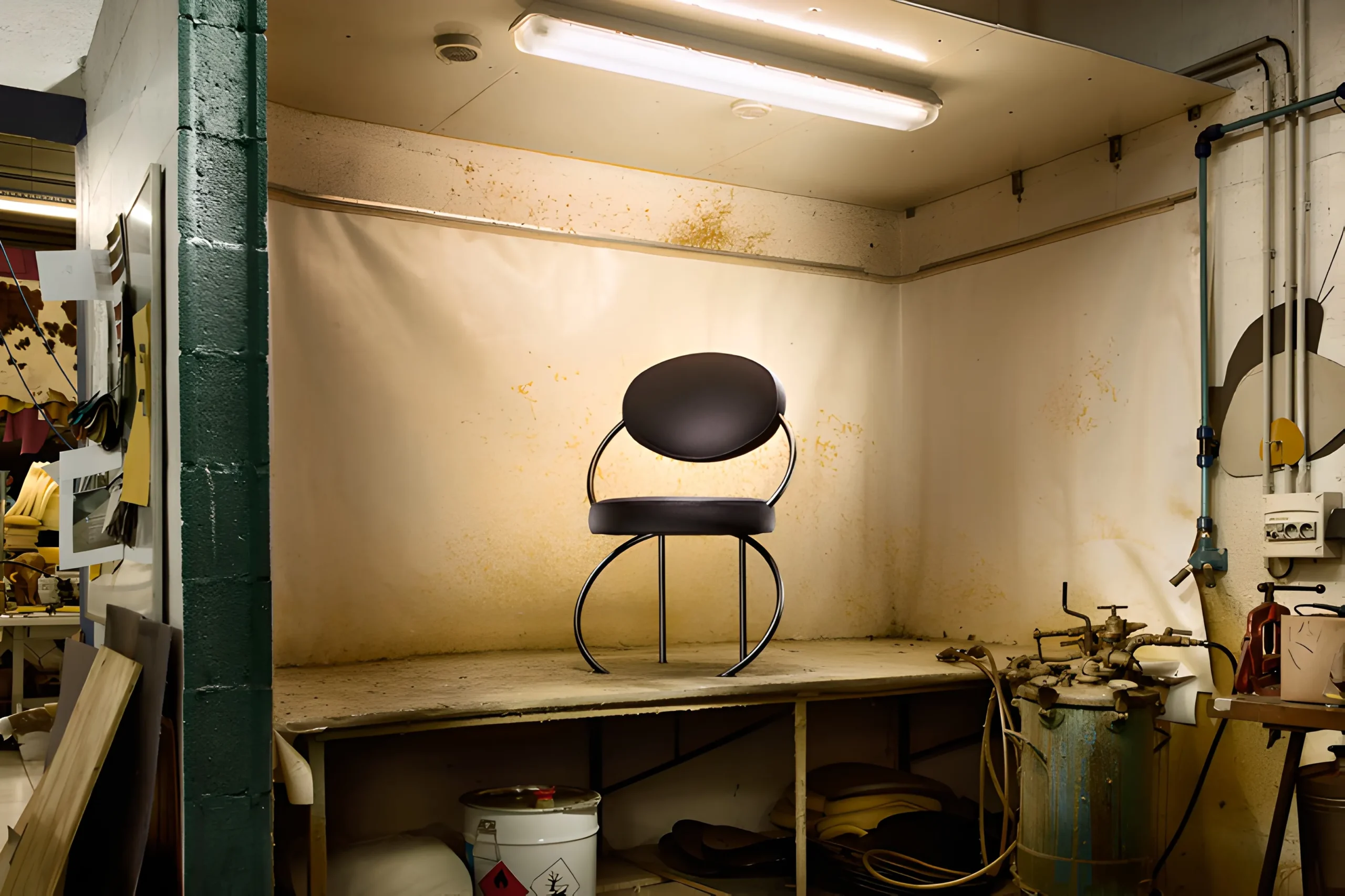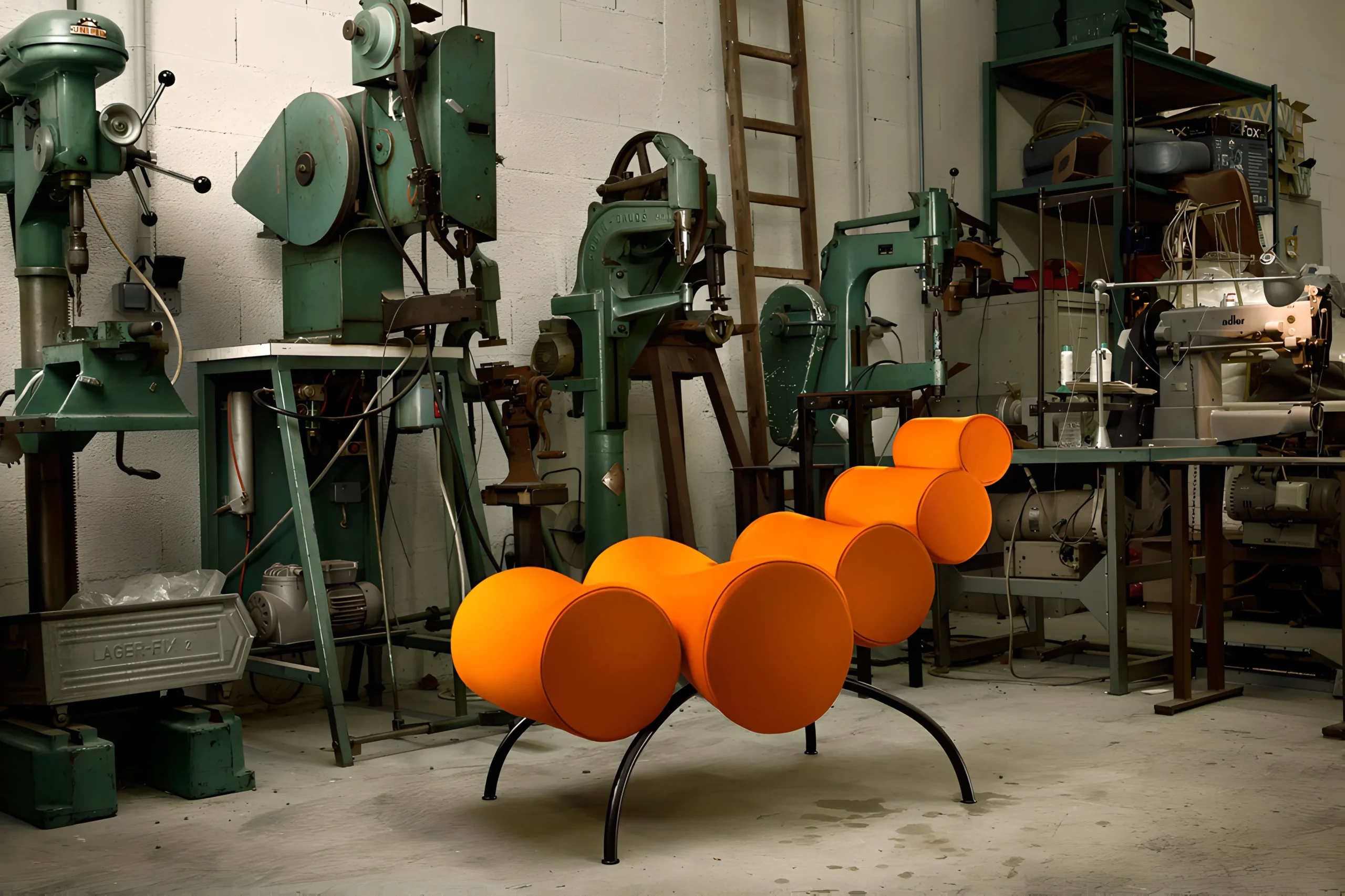- Thank you for taking the time to do this interview with Trends despite of your busy schedule; we really appreciate it. Please tell us about yourself, your background, and your journey into the field of furniture design. What drove you to transition from a 20-year career in finance to furniture design, and was this a calculated move or an organic shift? Are you content with this career pivot?
Born in Senegal and lived abroad till I was 15 yo when I arrived in Paris to follow my studies. I graduated in Paris and then moved to London to work in the utility sector and very quickly worked in investment banking and Private Equity for 20 years. I graduated from TRIUM in 2012 and this experience activated in me a strong desire to explore the entrepreneurial route. I did not know then, how it would unfold, what choices I would make.
At the time, I was living between Paris and the south of France and spending a fair bit of time in trains. I therefore started to kill the time drawing – as I have liked it since a very young age. It happened – and I can’t really give a rational explanation- that I was sketching a lot of furniture pieces: chairs, lamps and so forth. As time passed by, I had drawn many sketches.
One day, someone close to me, saw my drawings and convinced me to take it one step further. I put together a portfolio presenting my work and apply to design competitions to show case my pieces. While I was, at the time, heading a private equity fund in Paris, I got selected for a show in Milan. It took time off to do the show and I got some articles in the meantime in big design magazines which helped getting noticed. When I came back from Milan, I decided to resign from my Fund. A few months later I got represented by Galeries in Paris, New York and Honk Kong.
So all in, it completely happened organically. And yes I am very content with that move.
- How do you define your work? What is your design philosophy? One can see a combination of modernity, minimalism and simplicity even in your website design. Is this intentional and if so, why?
It always a tricky question for me. I have never trained or studied design. Hence, I have never been inspired consciously by any designer or style. I just put down on a piece of paper what comes to my mind. I guess one could define my work as being modern retro minimalist. But then again, I create what I would like to see in my house. And if people like, it is great.
- The furniture design industry thrives on originality and precision, yet it’s a challenging space where vision must meet practicality. It is also a rather competitive sector with many global and local players in each country. What is your mission, vision and strategies to overcome challenges to not only survive but thrive in this industry?
My vision is to create pieces in limited series or even as single piece – always with in mind the practicality aspect – to position my work in the unique, very high end segment. Which means working with very recognized hand crafters in France.
My belief is that to be successful, you either position yourself in that very high end / luxury segment or you go for the mass market with very low production cost and low priced pieces. Positioning your work in the middle does not work.
- Can you walk us through your design process, from the initial idea to the final piece, and what sets a Philippe Nacson furniture piece apart? Do you also produce the pieces you design or outsource them?
Ideas, bad or good always come to my mind. If the idea is still in my head a couple days later, I will usually turn it around in my head and sketch it. When it happens I very rarely re touch it. Hence the creation process is quite simple and quick.
I then send my sketches to production units I have been working with. I fine tune the 3D renders together with them. And once the design and all the measures are validated, we work on the prototype. The comfort and the quality of the materials used, will always be a priority for me, again to be in line with my values and positioning of my pieces. Once the prototype is done, the production of the piece(s) can start.
What set my pieces apart is also a tricky question as my response is by essence subjective. What I can say though, is that I am always interested to transform the initial expected use of a piece – whether it is a lamp or a sofa – into an interactive experience. I like breaking the codes and re thinking the usage of these objects.
- Your pieces, like the Ant Lounge Chair and Crab Chair, stand out for their bold, contemporary shapes. What is the guiding concept behind your designs, and what sources—nature, memory, or otherwise—ignite their bold, innovative forms?
As mentioned before, ideas come to my head without a pre-conceptual idea. I guess the environment in which I live in, impacts unconsciously my work. I live a good portion of my life in the middle of nature. The ant and the crab chair came about, I guess as a result of this life style.
- Sustaining a furniture design brand requires balancing creative freedom with economic realities. How do you manage the financial demands of your business while preserving the integrity of your artistic vision? What strategies do you employ to promote your furniture designs globally, and how do you position your brand to stand out?
Given the market segment I am in, I do not need to sell many pieces. Obviously the more the better, but the economic viability of my business is not based on volume.
I have been lucky enough to be represented by Art and Design Galleries really early in my design path. I have also been very fortunate that Karl Lagerfeld bought one of my pieces – the 3CL Lamp – and used it for a lot of his work (photo shootings,…) – only a year after I started. It, without doubt, helped getting more exposures combined with shows around the world (Paris, Milan, London, New York, Miami, Shanghai, Honk Kong…) and articles in the dedicated press.
- How do you view the role of AI and advanced technologies in furniture design, particularly as a tool for innovation versus a potential disruptor? Have you explored AI or other technologies in your design process, and if so, how have they influenced your work?
Funny enough very shortly after starting my design activity, I initiated different initiatives promoting ethical AI and robotic innovations, as technology as always been a center of interest for me and still is. And the idea to combine both has been very appealing right from the start. However, I have not found yet at this point a way that really helps my design process. In a couple of years from now, no doubt that specific tools – eg sketches being transformed into 3D renders automatically and so forth – will very much ease and accelerate the production process. 3D printers have also greatly improved over the past 5 years and are used for some the parts of my lamps.
But I will never use AI for my creative process. My creation is based on intuition. And AI cannot replace humans for that.
- What is your business model? Do you sell directly to clients or through agents or distributors? How do you acquire new clients, or how do they find you? Which countries/regions are you currently operating in?
As mentioned before I have done a fair bit of shows around the world and for the past 10 years now. Hence, you build up organically a list of international collectors. That being said, I have explored the Middle East market for the past year being represented now in that region. So I sell both directly to clients and through agents.
- Did your EMBA degree from TRIUM help in launching your dream? If so, in what way(s) did your TRIUM experience impact your business (learning value, capstone project, networking and having contacts around the world…)?
It helped me manifesting my dreams and realizing it was about time to go for it.
The TRIUM experience was more so a human experience – not only meeting other people from different culture and backgrounds – but more so meeting with myself. Listening to my inner voice helped me engage in business decisions and orientations that are in line with who I am.
- What is next for Philippe Nacson Furniture? Are there new categories or materials you’re eager to experiment with in future collections? Any future plans to expand to places like Dubai, where you might have a great audience? Any major exhibitions or shows down the road? Any advice for aspiring furniture designers aiming to carve out their place in this dynamic industry?

I have created high jewelry and luxury watches collections. In addition to keep creating furniture and lamps.
Middle East is clearly a region where I have been focusing substantially in the past months.
If I could give an advise to aspiring future designers is do not follow market trends. We see too many designers copying one another and not proposing anything disruptive. Instead, follow your true inspiration, whatever that is, to be able to be present unique pieces.






